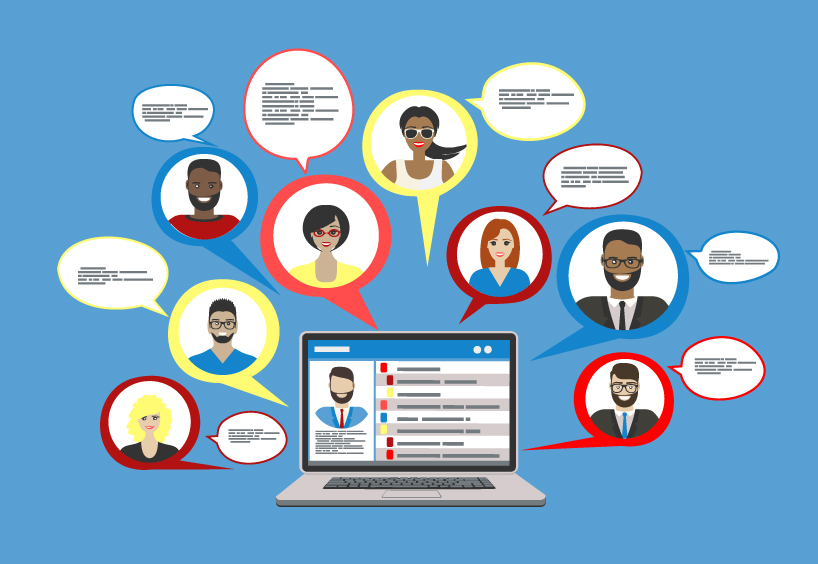I recently read a thread where several editors expressed, understandably, their reluctance to use LinkedIn to network. The term “networking” is used broadly and is not always clear in terms of expected actions and etiquette. You may even be distracted by some notifications on LinkedIn that do not apply to your situation (you can always disable them and clean up your feed).
It may be more natural for you to maintain relationships with the people you already know (former clients, colleagues, alumni or service providers). Starting conversations online requires a reason and a purpose so you can approach people with confidence and make these conversations meaningful.
What is networking, exactly?
To begin with, consider your approach: are you networking as a subject matter expert to offer value and share knowledge? If yes, people will listen, and you will attract those who are interested in your skills and services.
Are you networking when you have a new service to sell or need assistance? Many people do this, and results vary. This is arguably not the best approach. You want to have a conversational, professional tone and the intention to connect, share ideas and be of value. People may want to buy from you later on; they may also ask you, a trusted expert, for recommendations of some kind.
As long as you network regularly and strategically — through quality posts and private messaging — you are building a network of colleagues and potential clients who simply know your name and what you do. Make sure your profile is well-written and clarifies your specializations well. Business opportunities will follow.
Whom can you network with?
Colleagues with specializations that differ from yours are a great group to explore because you already have much in common. Some editors work with web content, marketing, search engine optimization (SEO), technical texts or medical publications, while others focus on fiction. Occasionally, you may be approached by a client who is looking for your colleague’s skillset; referrals are common.
Professionals in related industries are also a great group to tap into as you browse profiles on LinkedIn. Depending on your specialization, these could be graphic designers, lawyers, immigration consultants, marketing directors, NGO executives, university professors, artists, writers, educational company representatives or instructional designers. Create a list of such professionals who may benefit from your expertise and send you clients. Draft a short message to introduce yourself; mention how exactly you can help them.
Local institutions of learning or organizations that publish content would also benefit from finding out about your work. You can connect with their communications executives or managers.
Reach out to organizations whose content or publications you read for pleasure. The more you know about the person or the organization, the more personalized your introduction will be. Do your research first. Meaningful conversations happen when there is a specific starting point to discuss.
When is a good time to reach out?
Reaching out at the right moment is important. For example, follow target employers’ social media posts for job announcements and respond to those needs. Other occasions to reach out may include:
- You appreciated someone’s blog or podcast. Let them know why.
- You attended a webinar or conference presentation and learned something new. Let the author know how and why it was useful in your practice.
- You learned about someone’s work through an acquaintance you have in common.
- You both worked for the same or similar organizations.
- You are researching a company and would like to ask the colleague who worked there some questions.
- You are a member in a community organization and would like to meet its leaders.
We all have our own pace and goals. As long as you have a networking plan (some action items and ideas on paper), you can make networking a regular practice, enjoy the benefits of LinkedIn and attract the colleagues and clients you want to work with.
___
Previous post from Tanya Mykhaylychenko: Starting Your Editorial Blog
The Editors’ Weekly is the official blog of Editors Canada. Contact us.
Discover more from The Editors' Weekly
Subscribe to get the latest posts sent to your email.

